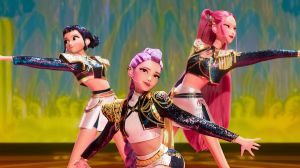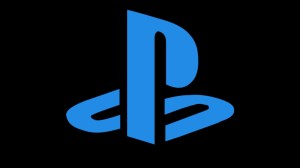As the second season of Marvel’s Agents of S.H.I.E.L.D. officially hits its midway point tonight with its mid-season finale, “What They Become,” fans have been speculating that many of the show’s most puzzling mysteries may somehow be linked to the Inhumans. The Inhumans are a superpowered species with connections to the Kree alien race (last seen in Guardians of the Galaxy). While the Inhumans don’t boast the rich history of commercial and critical success of other Marvel big screen stars like the Avengers or S.H.I.E.L.D., the Inhumans are undoubtedly getting a major push across all media with a new comic book series that launched earlier this year and their first feature film, which will be released in 2018.
Videos by ComicBook.com
Some Agents of S.H.I.E.L.D. fans have picked up on such possible Easter Eggs as the mysterious drawings that Agent Phil Coulson has been making, which bare a striking resemblance to the Inhuman home city of Attlian. Additionally, many viewers have speculated that the blue alien creature that saved Coulson and later, Agent Skye’s life in the show’s first season, is of Kree descent – another connection to the Inhumans.
While it’s unclear exactly how much tonight’s episode will reveal about some of these lingering mysteries, in preparation of the potential debut of the Inhumans in the Marvel Cinematic Universe, we thought we’d run down five things all Agents of S.H.I.E.L.D. viewers should know about this super-powered race.
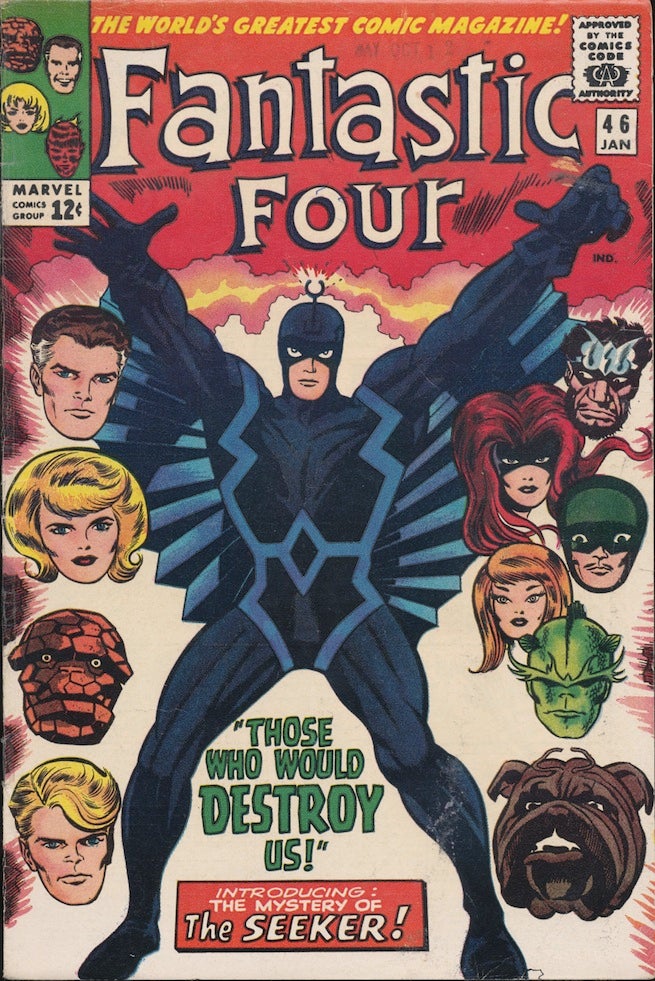
1. Fantastic Origins
Despite being confirmed as a soon-to-be-part of the Marvel Cinematic Universe (aka, everything that has been produced by Marvel Studios), the Inhumans got their start in comic book form in a supporting role in Stan Lee and Jack Kirby’s genre-changing run on Fantastic Four in the 1960s. Inhuman characters Medusa and Gorgon were both introduced in FF #36 and #44 respectively before the entire race received a proper first appearance in 1965’s Fantastic Four #45.
For a number of years to follow, the Inhumans were tightly linked with the “First Family of Comics.” The teenaged Crystal enters into a romance with FF youngster Johnny Storm, and both she and her sister, Medusa later go on to become full-fledged members of the Fantastic Four.
Still, despite first appearing in the pages of Fantastic Four, 20th Century Fox, the studio that owns the cinematic rights to the FF (and the X-Men) has never staked a claim to using these unique characters in any of its movies. As a result, that’s opened the door for Marvel Studios to build their own franchise around the Inhumans. But in the same vein, because both properties are owned by separate studios, don’t expect there to be a Fantastic Four/Inhuman crossover on the big screen any time soon, which is a shame since both are such quintessentially quirky Kirby creations from arguably the greatest era in comic book history.
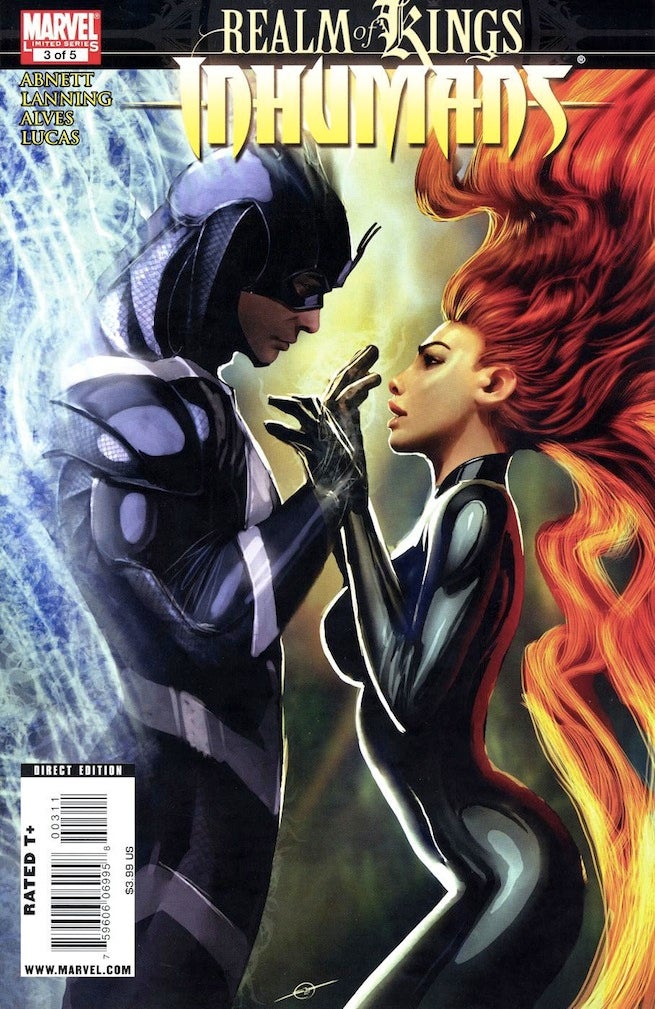
2. A Family Affair
While the term Inhumans describe an entire race of Marvel characters, there are a select Inhuman characters that have separated from the pack and distinguished themselves as critical parts of the Marvel Universe. As such, whenever someone starts talking about the Inhumans, more often than not they’re referring to the “Royal Family” – the leaders of the Inhuman race and their homeworld Attilan, Black Bolt and Medusa.
Black Bolt, the king of the Inhumans, gives new meaning to the term “strong, silent type,” as he wields his power via his voice, which has the capacity to destroy entire cities. That’s why Black Bolt tends to keep his mouth shut, though there have been notable exceptions when his voice doesn’t do the trick (like in “World War Hulk” though it was later revealed that Black Bolt was actually a Skrull in disguise). Black Bolt is also currently a character of the cryptic Illuminati group, the stars of Johnathan Hickman’s New Avengers series.
Black Bolt’s queen is Medusa, who, similar to the mythological character she is named after, derives her strength from her long flowing hair. Because her husband cannot (and should not) speak, Medusa has emerged as the Inhuman’s chief diplomat. She has led the race in Black Bolt’s absence and is considered one of the most physically and politically powerful heroines in the Marvel U. Her sister, the aforementioned Crystal, is capable of manipulating the elements using her Inhuman powers.
Beyond Black Bolt and Medusa, the Inhuman “Royal Family” is surrounded by loyal assistants/compatriots such as Karnak, Gorgon, Triton, and the family pet, the oversized cosmic bulldog Lockjaw. Also, the chief adversary for the Inhumans is Maximus the Mad, Black Bolt’s younger brother. Maximus is often driven by his power lust to rule over Attilan.

3. Don’t Call them Mutants
Comic book fans who have been watching the long-term chess match being played between Marvel Studios and Fox over the latter’s cinematic rights to one of the “House of Idea’s” most profitable franchises in the mutant X-Men understand the potential importance of the Inhumans to Marvel.
The Inhumans were created by the Kree alien race as a special kind of super-powered species to take on some of the Kree’s deadliest enemies, i.e. the Skrulls. They derive their special powers from exposure to a vaporous substance known as the Terrigen Mist. The Terrigen Mist is a form of mutagen that alters anyone with Inhuman biology. So these characters are not mutants in the way that X-Men like Wolverine, Storm and Cyclops are. They weren’t exactly born with these powers (though they are biologically predisposed to them).
Sounds like a bunch of semantics, right? Well, if billions of dollars weren’t at stake, the powers that be would probably agree with that. But the fact of the matter is, Marvel Studios cannot use any mutant characters in any of its movies, nor can it even imply that somebody is a mutant. Yet, Inhumans are fair game for Marvel, which explains why the company is so prominently pushing this property across all of its media right now.
That’s why when Raina tells Skye that she has gifts that the “Diviner” (Obelisk) can unlock, fans are naturally speculating that Skye’s powers have some kind of Inhuman origin. And don’t be shocked if other major Marvel characters, including some that have mutant roots in the comics, end up being revealed as having an Inhuman link in the Marvel Cinematic Universe (we’re looking at you Quicksilver and Scarlet Witch).
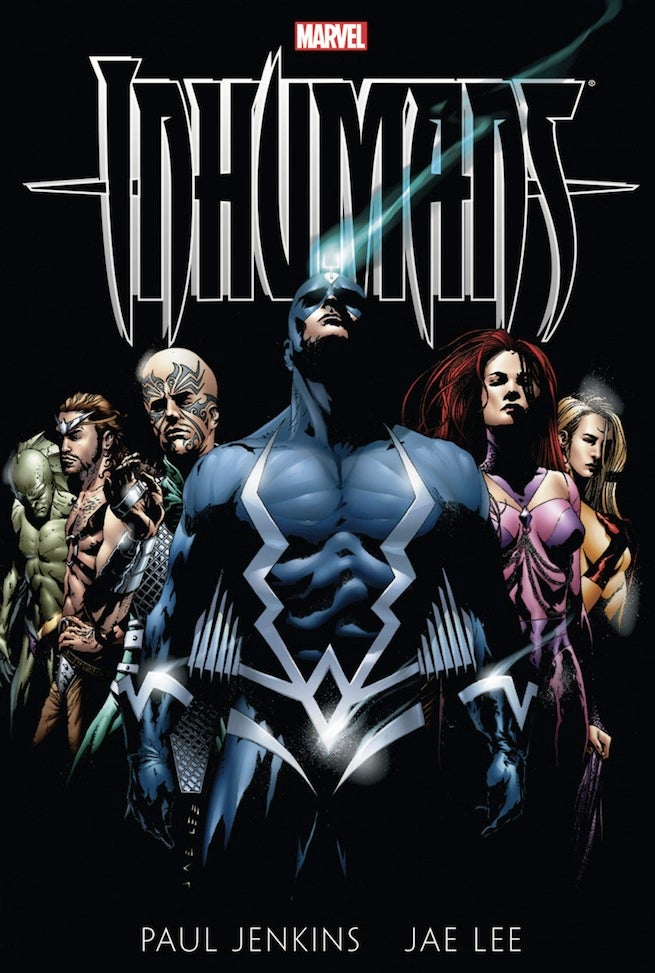
4. A Hard Sell
While some fans might think they’re being subjected to a heavy dose of Inhumanity via the current Marvel product, history has proven that Black Bolt and co. have always been a bit of a hard sell to the public, making their current exposure to the public a bit of a risk for Marvel.
After first appearing in Fantastic Four in 1965, they didn’t receive their own dedicated stories until they emerged as a backup feature during the Lee/Kirby run on Thor in 1967. From there, they finally starred in their very own book, Amazing Adventures, but that only ran for 10 issues. Industry icons Doug Moench and George Perez (who eventually gave way to Keith Pollard) collaborated for the very first Marvel book with “Inhumans” in the title. But once again, it was a short-lived experiment and lasted 12 issues – during an era when books with much stranger premises (i.e., Howard the Duck) had a significantly longer shelf life.
These Bronze Age Inhuman stories have their fans, but the first series that really seemed to connect on a broader level was a 1998-99 limited series from Paul Jenkins and Jae Lee that ran for 12 issues. Rather than focus on the fantastic “inhuman” elements of the Inhumans, Jenkins and Lee attempted to humanize the race, comparing their exposure to the Terrigen Mist as a sort of coming of age rite of passage a la a Sweet Sixteen birthday or a Bat Mitzvah. Jenkins and Lee received the prestigious Eisner Award for their efforts.
Currently, Charles Soule is scripting and Ryan Stegman is providing pencils for Marvel’s newest Inhuman series, which will, in all likelihood, be a source of inspiration for how the cast of Attilan is interpreted for television and big screen efforts. After a bit of a rocky start, which included the departure of the book’s original intended writer, Matt Fraction, the book has consistently ranked in the top 100 for sales each month.

5. Connections to the Avengers/Guardians of the Galaxy
Even with its Fantastic Four beginnings, over the years, a number of storylines starring the Avengers and Marvel’s cosmic cast (such as the Guardians of the Galaxy) have included the Inhumans, thereby providing Marvel Studios with a number of different ways to bring Black Bolt, Medusa, etc. into the Marvel Cinematic Universe without having to acknowledge the FF.
Of course, the Inhuman’s connection to the Kree, one of the main adversarial groups in this past summer’s Guardians of the Galaxy and the likely “blue creatures” that have been featured prominently in Agents of S.H.I.E.L.D., are one way to incorporate the Inhumans. Beyond that, 2009’s “Realm of Kings” crossover by Dan Abnett and Andy Lanning, brought together the Inhumans, the Guardians of the Galaxy and the Nova Corps., as the latter two groups attempted to address a giant space-time tear called the Fault which was caused by Black Bolt (temporarily killing him in the process). It is discovered that the Fault leads to an alternate dimension known as the Cancerverse, containing corrupt versions of familial heroes such as the evil Avengers (known as the Revengers).
In terms of connecting the Inhumans to the Avengers proper, the best way to go about doing it may come about from Quicksilver, who will have his Marvel Cinematic Universe debut in Avengers: Age of Ultron. In the comics, Quicksilver marries the Inhuman Cyrstal in a somewhat controversial inter-species relationship storyline. Years later, after Quicksilver loses his powers from his sister Wanda’s “M-Day” decree (aka, “No More Mutants”), he regains them (and time-jumping abilities) in the Son of M miniseries by exposing himself to the Terrigen Mist and by implanting Terrigen Crystals in his body.



